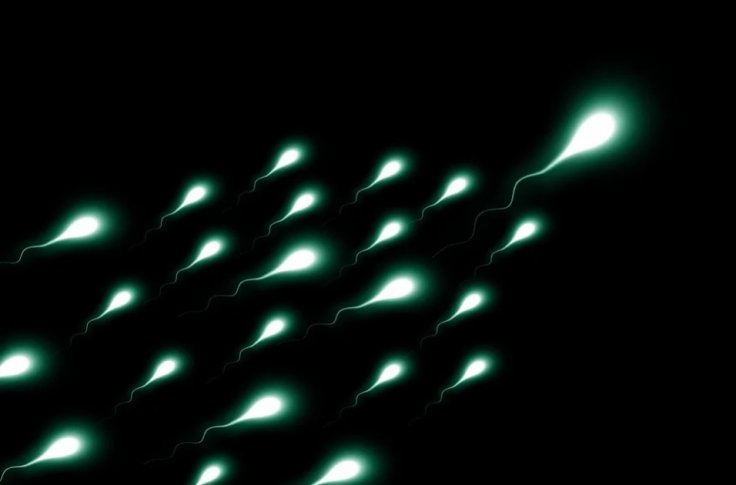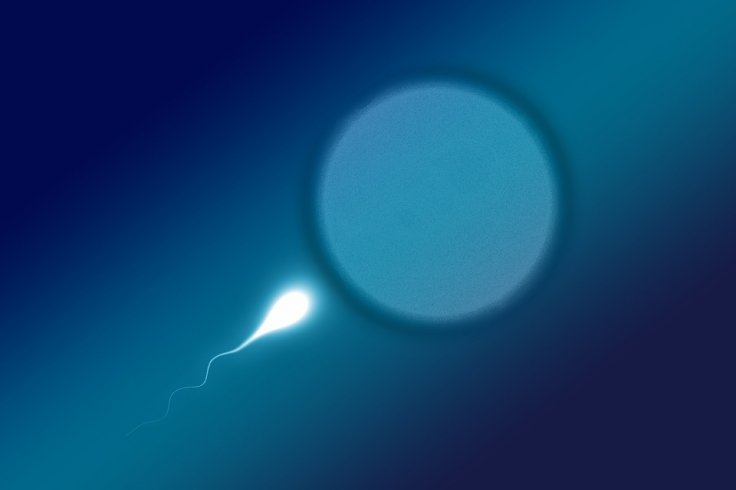One of the most common causes of male infertility is damage to sperms. Among the factors leading to such damage is exposure to heat. How heat harms sperm, however, is not known. Now, researchers from the University of Oregon have identified the underlying mechanism.
Using Caenorhabditis elegans, a type of roundworm, the scientists discovered the molecular mechanisms that give rise to DNA damage in sperms due to exposure to heat. They discovered that the movement of transposons—segments of DNA—due to heat led to DNA damage in sperm.
They also found that even the slightest increase in temperature could lead to a 25-fold increase in DNA damage in developing sperm. "In both humans and C. elegans, relatively small increases in temperature are sufficient to reduce male fertility," said Prof. Diana Libuda, corresponding author of the study, in a statement.
Temperature Increase Perilous for Sperms

A sperm is the smallest cell in the human body. Billions of them are formed under optimum temperatures throughout the course of an adult male's life. Eggs, on the other hand, are the largest cells in the human body, and are produced for a very short duration of time during fetal development phases in women.
The ideal temperature for the production of sperm in the human body is slightly below the body's temperature—about 90-95 degrees. Studies have shown that exposure to a temperature that exceeded the normal range by even 1 C (1.8 F) can affect male fertility significantly.
While the causes for heat-stress damage—hot tubs, extended duration of driving, and tight clothing, among others—are known, the primary mechanism that leads to sperm damage that affects fertilization remains largely unknown. This is what the authors set out to understand.
Looking At the Movement of DNA Fragments
For the study, the scientists employed microscopy to examine the development of sperm and eggs under heat-stressed, as well as normal conditions. Under the former, the team observed a large amount of DNA damage in sperm.
However, the same was not witnessed in eggs. Through the utilization of cutting-edge genome sequencing, the authors also discerned the locations of transposons throughout the entire genome with and without heat exposure.

Transposons are sections of DNA that travel about and can reshape genetic information through their insertion into new positions. However, they also cause DNA damage. Nevertheless, the scientists learnt that when transposons are exposed to heat, they move around particularly in developing sperms. "We found that after heat shock, certain transposons are found in new and more variable locations in the male genome," explained Nicole A. Kurhanewicz, lead author of the study.
Small Increase, Big Damage
The study also found that an increase of 2 C (3.6 F) above the normal range in C. elegans, resulted in a 25-fold increase in DNA damage in developing sperm when compared to sperms unexposed to heat. Also, when eggs were fertilized by such damaged sperm, they were unsuccessful in producing offspring. Additionally, through the research, the authors were also able to illustrate the difference in the process of meiosis—production of sex cells—varied in eggs and sperms.
"The data presented in this paper suggest that another way egg and sperm develop differently is in how tightly they control the ability of mobile DNA elements, which are also known as 'jumping genes' or transposons, to move in the genome, and how sensitive to heat stress those mechanisms are in preventing that movement," explained Kurhanewicz.
A Roadmap for Future Research

R. Scott Hawley, a meiosis research expert not involved in the research, expressed that not only did the current study manage to demonstrate that a tiny increase in temperature directly affects meiotic divisions, but also recognized the mechanism causing it. Particularly, not just where the problem arises but what the problem essentially is.
According to Hawley, the research provides the research community with a roadmap for the study of humans and other mammals in order to arrive at the confirmation that the same mechanism affects male fertility across species.
"This is where it gets exciting. If we can determine how much of a change is bad, and if you are really concerned about the environmental matters such as hot tubs or 'boxers versus briefs', this type molecular understanding may allow us to reframe the debate on solid scientific grounds," he concluded.









